For Authors
More than just a plot device, cliffhangers are a strategic storytelling tool that can turn casual readers into devoted fans. Whether used at the end of a chapter or in the final lines of a book, a well-placed cliffhanger fuels momentum, builds anticipation, and drives series read-through. When used effectively, they become one of the most powerful tools in a writer’s arsenal.
In this week’s blog, Ginger explores a variety of ways authors can harness the power of cliffhangers in their writing. Drawing on examples from bestselling books across genres, he outlines practical techniques for crafting compelling hooks at both the chapter and series level. On top of that, he offers guidance on when cliffhangers work best, when they risk frustrating readers, and how to strike the perfect balance. If you’re aiming to deepen engagement and make your work truly unputdownable, mastering the art of the cliffhanger is essential.
A couple of weeks ago, we welcomed N.L. Blandford to the Fully Booked podcast and she laid down some fantastic wisdom about incorporating cliffhangers and hooks into your stories—and some words of caution about not using them to wrap up your book if your readers expect a Happily Ever After.
It got me thinking a lot about cliffhangers myself.
In fact, one cliffhanger that has left me on the edge of my seat for almost an entire year is how the Paramount+ show Star Trek: Strange New Worlds wrapped up Season 2 last year, with an epic cliffhanger that I can’t wait to see resolved when the new season debuts.
If you haven’t seen it, the cliffhanger saw everybody’s favorite “Space Dad” Captain Pike facing an impossible choice while another beloved character’s fate hung in the balance.
Objectively I know that Pike and the crew of the USS Enterprise will live to fight another day—the show is a prequel to the original Star Trek, after all! However, I can’t figure out how.
The ending of Season 2 did exactly what the writers intended: it ensured I’d be counting down the days until the new season hits our screens.That’s how powerful cliffhangers and hooks can be!
With that in mind, and inspired by N.L. Blandford’s observations, I thought I’d delve a little deeper into the topic, because I believe mastering the art of the cliffhanger might just be one of the most valuable skills a self-published author can develop.
The Page-Turner Effect: Why Some Books Are Impossible to Put Down
Best-selling science fiction author Chris Fox once said that chapters should be like potato chips—snackable, satisfying, and leaving you wanting “just one more.”
If you agree with that statement, you can probably immediately think of a book that left you with that “just one more chapter” feeling when you were reading it. You know what it’s like. It’s 2 AM, you’ve got work tomorrow, and you know you should go to sleep, but you simply HAVE to find out what happens next.
That compulsion doesn’t happen by accident. It’s the result of authors who’ve mastered the hook.
Lee Child’s Jack Reacher novels are the perfect example of this technique in action. Child is famous for ending chapters with short, punchy sentences that propel you forward. Take this classic from the first book in the Jack Reacher series, Killing Floor:
“I relaxed and waited. Then I heard the quiet click of the door. It was opening. I counted to three and stepped out into the corridor. And found myself face-to-face with Roscoe.”
Nothing fancy, but incredibly effective. Just when Reacher thinks he’s avoiding detection, he encounters someone unexpected.
Who is Roscoe?
Friend or foe?
What happens next?
The only way to find out is to keep reading.
Child doesn’t just hook you at the chapter level, he structures entire books around mounting tension and revelations. It’s no wonder readers like me devour his novels in single sittings.
Similarly, Dan Brown’s The Da Vinci Code became a cultural phenomenon partly because of his masterful use of micro-cliffhangers.
Almost every chapter ends with a new revelation, a sudden danger, or an unanswered question.
Brown takes it even further by using extremely short chapters, sometimes just 2-3 pages, creating a breathless pace that keeps readers flipping pages well into the night.
A hook can simply be something left hanging that you want to find out more about. Taken to its extreme, a hook becomes a cliffhanger, such as when you end the chapter on such an important unanswered question that readers have to keep turning the page.
And the benefit of writing fiction is that you can prolong that agony in a variety of different ways. I write romance novels, for example, with chapters that alternate between the hero and the heroine’s point-of-view. One way to really leverage a cliffhanger is to end the chapter of one character’s point-of-view on a life-or-death cliffhanger… and then have the next chapter from the other character’s point of view, in which they might not even be aware of the peril their beloved is facing.
It’s a little cheeky, but a great way to keep readers hooked—and at worst, they’ll only have to read through one more chapter until they get the satisfaction they’ve been waiting for.
Series Cliffhangers: The Ultimate “Read Through” Machine
Which brings me onto the other place that cliffhangers can be used: to end a book!
While chapter hooks keep readers engaged within a single book, series cliffhangers serve a different but equally valuable purpose: they drive readers to buy your next book (and if the cliffhanger is really good, often at the moment they finish the current one (assuming it’s already published!)
George R.R. Martin’s A Song of Ice and Fire series (better known to some as Game of Thrones) uses this technique to devastating effect.
The end of A Storm of Swords leaves several major characters in life-threatening situations, with power dynamics completely upended. Readers couldn’t get their hands on A Feast for Crows fast enough.
Rick Riordan’s Percy Jackson series similarly makes excellent use of cliffhangers to build his middle-grade audience. By ending The Last Olympian with the introduction of a new prophecy that clearly sets up another adventure, Riordan ensured his readers would follow him into his Heroes of Olympus series.
For self-published authors, especially those writing in series, this “read through” effect of ending your books on a cliffhanger is potentially life-changing. When readers immediately buy your next book, you not only double your revenue, you also get an instant boost in sales rank, which improves visibility, which leads to even more sales. It’s a cycle that starts with a well-crafted cliffhanger.
But I say this with a warning: Not all readers appreciate a cliffhanger ending. I’ll discuss it in a little more depth down below, but be aware that in some genres, like romance, the whole point of a book should be leading up to a Happily Ever After ending. It’s immensely dissatisfying to read all the way through a book and then get hoodwinked by a cliffhanger ending.
I’ve even read angry reviews from readers who’ve literally abandoned an author because of it!
But there are ways around this. In my 12-book series, I’ve ended a couple of books on a Happy For Now ending—which sees our lovers together at the end of the book, but a serious plot point is left open which they’ll have to face together in a future installment. It gives readers the satisfying conclusion that is essential to the genre, but also leaves the door open for future books to continue a larger narrative arc.
10 Iconic Literary Cliffhangers and Their Impact
Let’s look at some of the most powerful cliffhangers in literature and how they affected both the books’ success and reader reactions (potential spoilers ahead):
Catching Fire by Suzanne Collins
After the 75th Hunger Games is interrupted, Katniss learns that District 12 has been destroyed, and the book ends with the line: “There is no District 12.” This bombshell propelled the sequel Mockingjay to record-breaking pre-orders and first-week sales.
The Fellowship of the Ring by J.R.R. Tolkien
Frodo and Sam split from the rest of the fellowship and head toward Mordor alone. While not as dramatic as modern cliffhangers, this ending created such anticipation that Tolkien’s publisher had to rush The Two Towers into print to satisfy reader demand.
Harry Potter and the Half-Blood Prince by J.K. Rowling
I remember getting caught up in this cliffhanger when I first read the Harry Potter series. The death of a major character and the revelation of another’s apparent betrayal left readers reeling. As a result, the final book in the series, Harry Potter and the Deathly Hallows, sold 11 million copies in its first 24 hours—partly due to this masterful setup.
The Handmaid’s Tale by Margaret Atwood
Offred is taken away in a black van, leaving readers uncertain if she’s being rescued or arrested. This ambiguous ending kept readers discussing the book for decades before Atwood finally wrote a sequel, The Testaments, 34 years later.
Mark of Athena by Rick Riordan
Two main characters literally fall into the depths of Tartarus. This cliffhanger was so shocking that young readers flooded Riordan’s social media with both praise and complaints about the year-long wait for resolution.
Gone Girl by Gillian Flynn
The mid-book twist where Amy reveals she’s alive and framing her husband completely upends the narrative, forcing readers to reevaluate everything they’d read before. While not a traditional end-of-book cliffhanger, this shock revelation kept readers glued to the second half.
The Way of Kings by Brandon Sanderson
The revelation of a major character’s true identity at the end of this 1,000+ page tome rewarded patient readers and set up the next book in the Stormlight Archive. Sanderson’s dedicated fanbase immediately began theorizing about the implications.
Foundation by Isaac Asimov
My son and I have discussed these cliffhangers, which is one of the delights of new generations enjoying the books their parents read. Each section ends with a “Seldon Crisis” that completely shifts the context of the story. These mini-cliffhangers within a single novel were revolutionary at the time and kept readers engaged through complex political and scientific concepts.
And Then There Were None by Agatha Christie
The apparent death of all suspects in this mystery created the ultimate cliffhanger: how could the mystery possibly be resolved? Christie’s solution was so satisfying that this remains her best-selling novel.
1984 by George Orwell
Winston’s final acceptance that “he loved Big Brother” is a psychological cliffhanger that has left readers debating its meaning for generations. While not setting up a sequel, this ending’s ambiguity ensures the book lingers in readers’ minds.
10 Techniques for Crafting Effective Hooks and Cliffhangers
Ready to implement some of these techniques in your own books? Here are my top tips for creating hooks that work:
Ask a direct question
End your chapter with a question that won’t be answered until the next chapter. Lee Child often uses this technique: “Was he working alone? Or was someone else watching me right now?”
Introduce a new threat
Just when your character thinks they’re safe, show a new danger on the horizon. “As Sarah locked the door behind her, relieved to be home at last, she didn’t notice the shadow moving behind the kitchen counter.”
Reveal a betrayal
Few things keep readers turning pages like learning someone isn’t who they claimed to be. “That’s when I realized – he’d been lying to me all along.”
Use the power of interruption
Cut a crucial scene short: “She opened the envelope and began to read the test results. Her hand flew to her mouth. ‘This can’t be right…'”
Create a ticking clock
Introduce a deadline that creates urgency: “We had twelve hours to find the antidote. After that, there would be no saving him.”
Offer a partial revelation
Give readers part of the answer they seek but hold back the most important piece: “I finally knew who killed Jamie. What I didn’t know was why they were now coming for me.”
Use a dramatic shift in perspective
End a chapter from one character’s viewpoint with a shocking development, then switch to another character in the next chapter, making readers wait for resolution.
Create an impossible choice
Put your character in a situation where both options seem terrible: “She could save her brother, or she could save the town. But she couldn’t do both.”
Master the art of the last line
Make your final sentence of the chapter short, punchy, and ominous: “And that’s when the screaming started.”
Subvert expectations
Set readers up to expect one outcome, then deliver something completely different: “The door swung open. But it wasn’t Jake who stood there. It was his killer.”
Know Your Audience: When Cliffhangers Might Backfire
As I mentioned above, as powerful as cliffhangers can be, they’re not universally loved by all readers in all genres. I’ve already mentioned that romance readers generally expect a Happily Ever After (HEA) or at least a Happy For Now (HFN) ending.
Ending a romance novel with the couple’s relationship in jeopardy might alienate your core audience.
Similarly, mystery readers typically expect the central mystery of each book to be solved, even in a series. You can still use a cliffhanger, but it should introduce a new mystery rather than leave the current one unsolved.
Genres like science fiction and fantasy, however, seem to have readers happy to be left hanging. A good example is the Dark Tower series by Stephen King—an author who used cliffhanger endings so effectively that people were genuinely concerned he’d pass away before finishing the series.
Readers also tend to differentiate between “fair” and “unfair” cliffhangers. A fair cliffhanger resolves the main conflict of the current book while opening a new question or challenge. An unfair cliffhanger cuts the current story off halfway through its natural arc, leaving readers frustrated rather than intrigued. I’ve seen authors face serious backlash from readers who felt manipulated by abrupt, unresolved endings. This can result in negative reviews and reluctance to continue with the series—exactly the opposite of what you want!
Finding the Perfect Balance
The most successful use of cliffhangers respects the contract between author and reader. Each book should feel complete in its own right while creating anticipation for what comes next. Think of each novel as an episode in a TV season: it should have its own story arc with a resolution, but also contribute to the larger season (or series) arc that keeps viewers coming back.
J.K. Rowling mastered this approach with Harry Potter. Each book resolved its main conflict (the Philosopher’s Stone is protected, the Chamber of Secrets is closed, etc.) while advancing the overarching Voldemort storyline and adding new questions for readers to ponder until the next installment.
Keep Them Hanging (But Not Too Painfully)
Cliffhangers and hooks are some of the most powerful tools in a writer’s arsenal. When used skillfully, they can transform your books from “I’ll get around to reading it” to “I can’t put this down!”
Whether you’re writing chapter hooks to create an unputdownable reading experience or book-ending cliffhangers to drive series read-through, the key is understanding the right balance for your specific genre and audience.
Start by analyzing the books you couldn’t put down. What techniques did those authors use? How did they resolve storylines while creating new questions? Then experiment with these approaches in your own writing.
I’d love to hear about your experiences with hooks and cliffhangers, both as a reader and a writer. Which books kept you up all night? What techniques have worked in your own writing? Drop a comment below and let’s discuss the fine art of leaving readers desperate for more!
Share this blog
About the Author
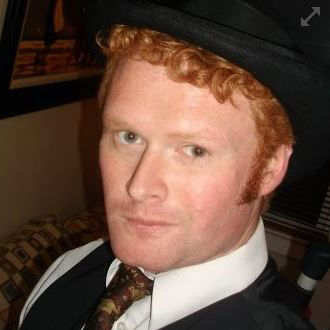
Ginger is also known as Roland Hulme - a digital Don Draper with a Hemingway complex. Under a penname, he's sold 65,000+ copies of his romance novels, and reached more than 320,000 readers through Kindle Unlimited - using his background in marketing, advertising, and social media to reach an ever-expanding audience.


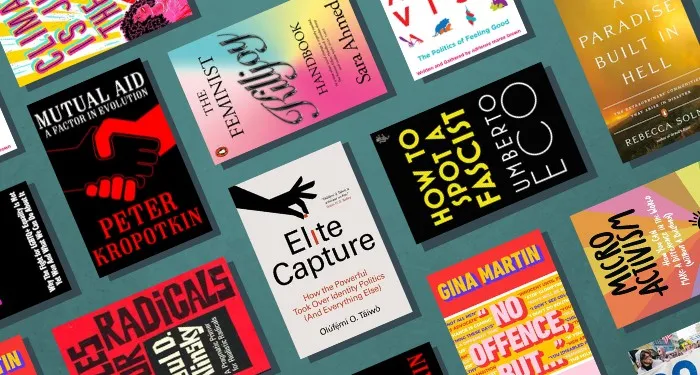




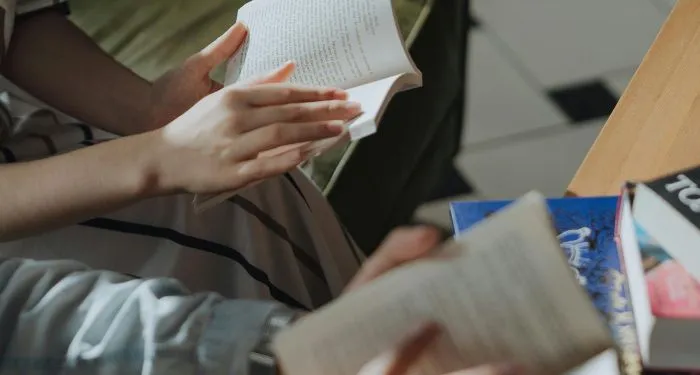





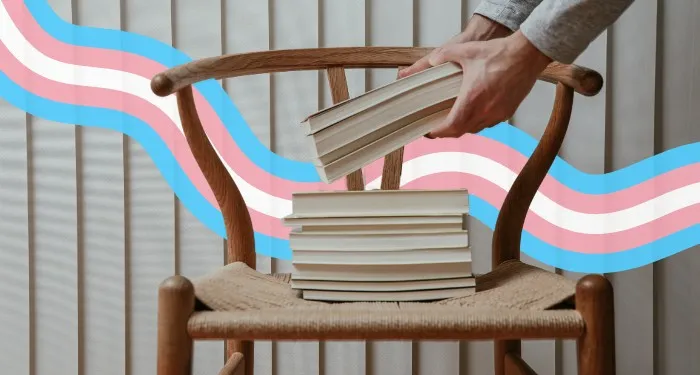
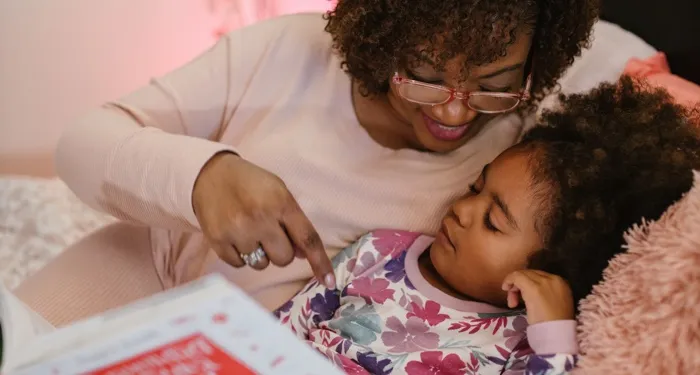
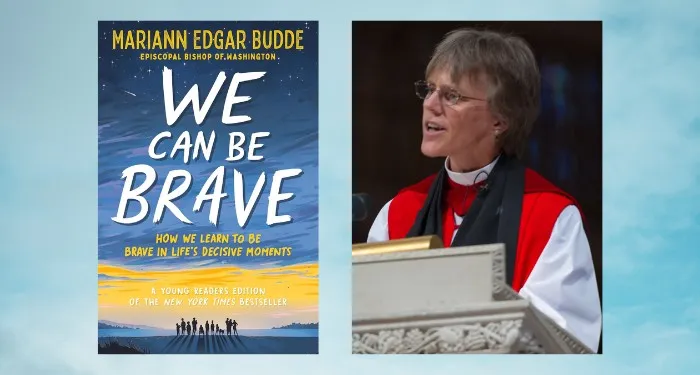



 English (US) ·
English (US) ·